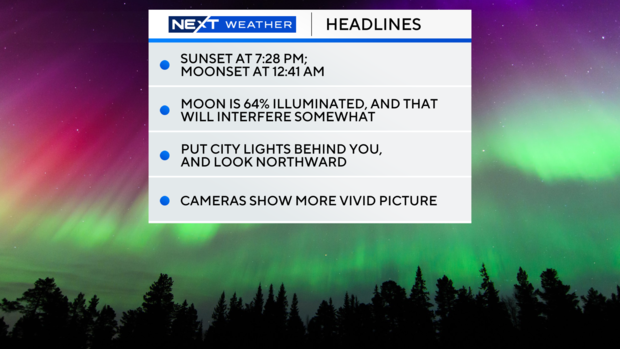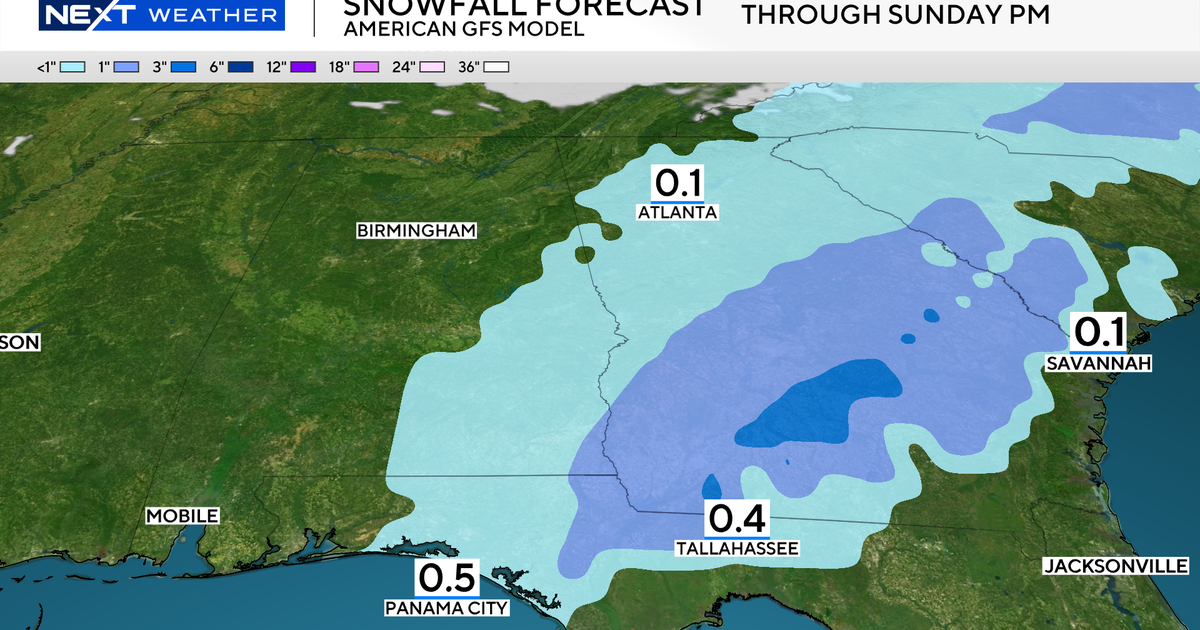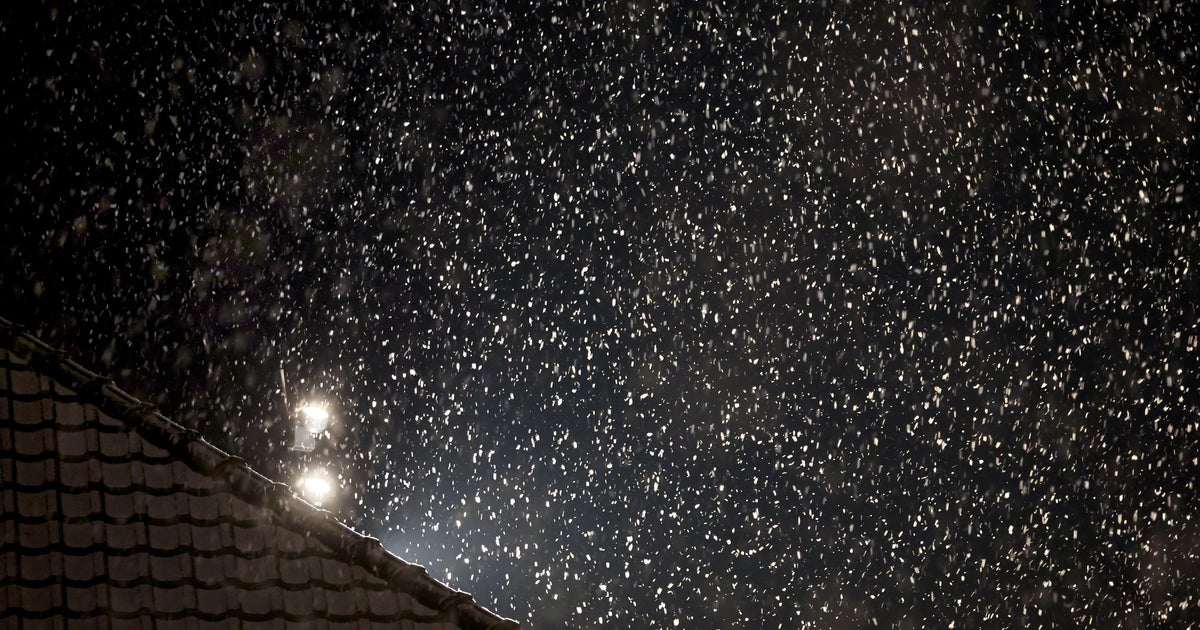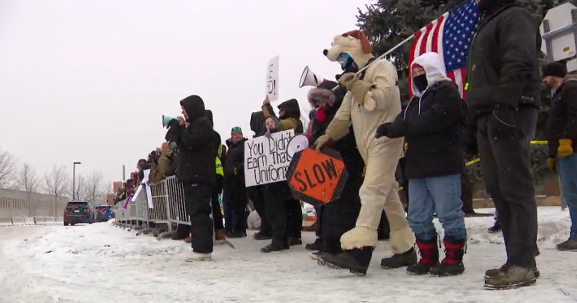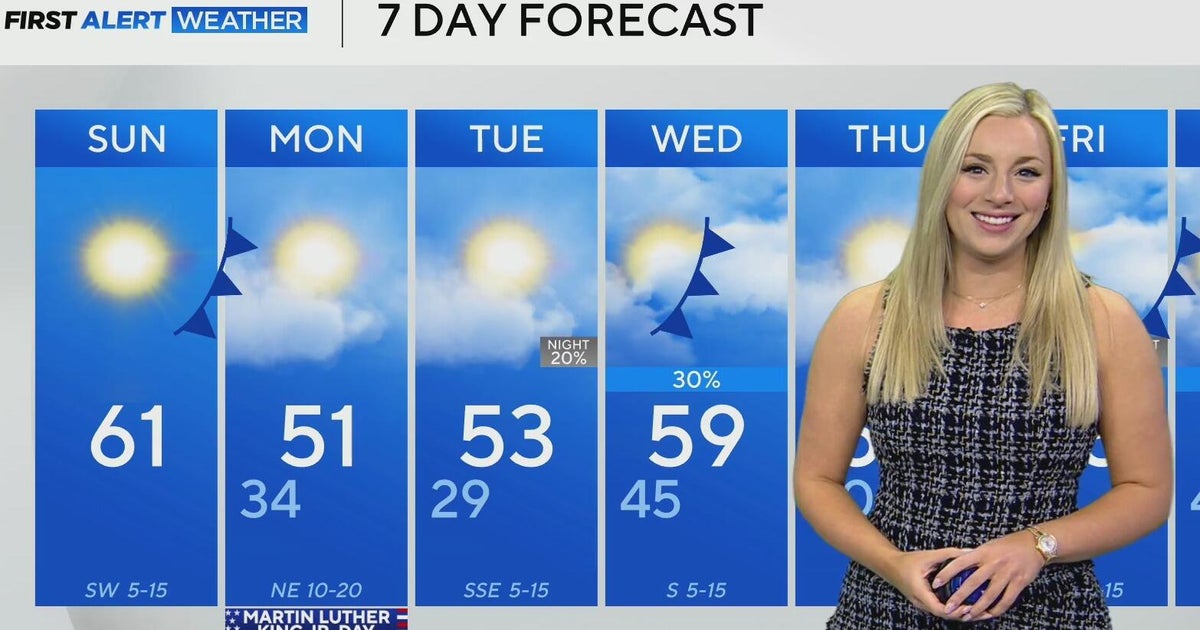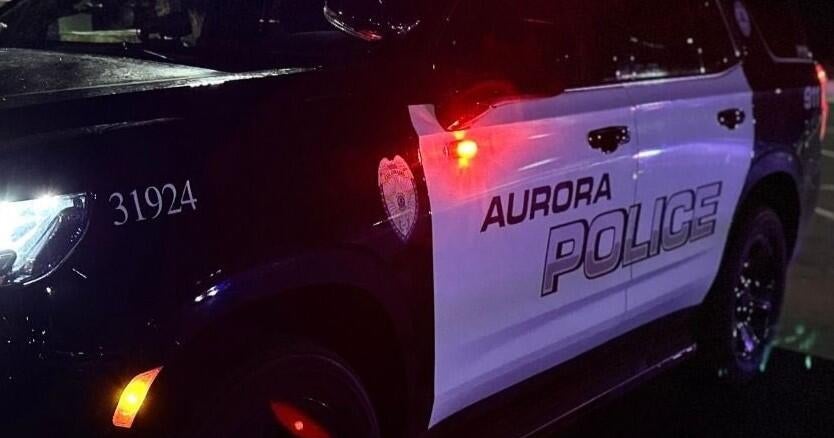Minnesotans could see the northern lights this week. Here's the forecast.
MINNEAPOLIS — Minnesotans might have a chance to see the northern lights this week.
It's all thanks to the eruption of solar gases, which can trigger a geomagnetic storm. Energetic, electrically charged particles enter the earth's atmosphere, lighting up the sky with brilliant shades of green, red and blue.
According to the National Oceanic and Atmospheric Administration's Space Weather Prediction Center, Thursday and Friday nights look to have a good chance of seeing the show, with the former being the better chance.
On Thursday night, the southernmost viewing opportunity lies just south of Minnesota to the middle of Iowa. The light show could also stretch all the way from New York to Oregon. The viewing line moves up to southern Minnesota on Friday.
WCCO Meteorologist Mike Augustyniak says that areas north of Interstate 94 could see some high-level wildfire smoke through Thursday, but the impact won't be major. It'll just add some more light pollution to darker areas.
To have the greatest chance at viewing the phenomenon, move far from higher-populated areas and have a clear view to the north. The very best viewing would be in the Boundary Waters Canoe Area Wilderness, officially recognized as the closest International Dark Sky Sanctuary.
Still, space-weather forecasting is difficult, meaning there is uncertainty in the forecast. The sun is 91 million miles away and solar wind takes 80 to 90 hours to reach the Earth, which is why accurate aurora forecasts are hard to make beyond two to three days. It also means that if the forecasted solar wind speed is off by only 1% to 2%, the time of arrival at Earth will be 1 to 2 hours different.
Learn more about forecasting atmospheric weather here.
Note: The above video first aired on May 14, 2024.



